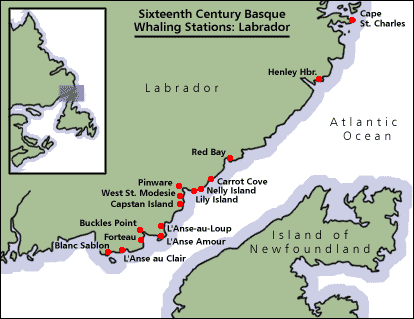You have to keep your head up and your eyes peeled while riding a bicycle around in Beijing, especially during the lunchtime rush on campus, as this 13-second video shows.
We have been in country for two weeks now. Yesterday I taught my first class at Tsinghua University, where I am co-director of the Global Business Journalism master's program. The kids are the cream of the crop.
 |
| My bio, posted in the Journalism building, says nice things, I believe. |
Hospitality
The staff of the university has dedicated enormous time and energy to help us get settled. They assigned graduate students to to go with us on our first shopping trips and visits to the administration offices, cellphone stores and other places where English is useless.
I wonder if U.S. universities are as thoughtful, hospitable and gracious with visiting foreign professors? I hope so. It makes a great impression.
The cost of everything
Rent is high here, equivalent to New York City, they tell me. So our apartment, given to us rent free by the University, is a really nice benefit. It is modest by U.S. standards but enviable by standards for what a Chinese professor could hope to rent.
In fact, many of the professors live in this university-subsidized housing. A couple of the Chinese journalism faculty live in the nearby apartments.
My new Gallop brand bicycle -- hand brakes, one speed, basket, bell, lock all included -- cost me $50. But a simple toaster that would cost you $10 in a Wal-Mart in the U.S. cost nearly the same as the bicycle, $47.
Point and eat
Last night Cindy and I went to a "hot pot" restaurant. They bring you a little pot of broth with spices, heated by a flame, and you drop in raw meat, vegetables and other stuff. We weren't doing it right but the waitresses didn't speak English so we just did the best we could.
Even menus with pictures are something of a mystery. The food is very good but what is it? On the menu it looks like chunks of meat but it might turn out to be tofu. Are those peanuts or soybeans that are part of that vegetable dish? We have to wait and see.
 |
| Manicure or pedicure? |
The Great Big Lie that you hear everywhere in America is that when you travel abroad, "everyone speaks English". Well, if you are in a tourist hotel in an area frequented by Americans or Brits, yes. But most of the world does not fit that description.
Beijing's subway system and many of its stores are actually pretty user friendly with signs in English or in Roman characters.
But the normal language barriers are raised to another degree of difficulty when you cannot even decipher a street sign or any sign, for that matter. Are you on Haidian Street? If the signs are only in Chinese, and they usually are, you cannot know.
Seven thousand characters
Chinese newspapers supposedly use a limited number of ideograms, or characters. But still the total is 7,000. Will I ever try to learn the written language? I am not sure that I am up to it. At the moment I am learning a few phrases. The Berlitz books Cindy and I have are great because they show the English phrase, the pronunciation and then the Chinese characters. We show the appropriate phrase to the waiter or salesperson.
 |
| Store clerks have been helpful. |
When I use Chinese words or numbers, people usually say them back to me in a helpful way, with the correct pronunciation. They know it is difficult to get the tones right.
Written Chinese was simplified a few decades ago, so you have different written versions. The old form is much more ornate. An analogy might be the Gothic script you see in medieval manuscripts.
50% more density than New York City
Beijing has a metro population of 19 million, almost exactly the same as metro New York, but the population density is 50% greater, 3,023 per sq km vs. 2,050 in NYC.
If it weren't for the fact that so many people ride bicycles, the density would be unimaginable. As it is, the massive expressway system built for the 2008 Olympics has trouble handling all the traffic.
In general, Beijing residents appear to be like residents of New York, Paris or Madrid in that they are in a hurry and you might be in their way.
We rode the subway across town last Sunday. It was standing room only all the way. Given the density, the city is amazingly clean and orderly.











































